Dutch shipbuilder Royal Huisman applied the same concurrent engineering process developed by ESA for space missions to the design of superyacht Sea Eagle II.
This uniquely contemporary 81 m-long three-masted schooner due to become the world’s largest aluminium sailing yacht when delivered to its owner this spring, was recently transported by barge from the company’s shipyard in Vollenhove to Royal Huisman Amsterdam, where its carbon composite rig will be installed, leaving her ready for sea trials and on-board crew training.
Sea Eagle II’s modern style extends to its design, which took place using concurrent engineering, taking inspiration from the long-established Concurrent Design Facility (CDF) at ESA’s technical centre ESTEC in Noordwijk, the Netherlands, where it is employed for performing preliminary design and assessment of potential future space missions and systems.
Massimo Bandecchi, founder of ESA’s CDF, explains:
“Satellites and superyachts are both complex machines, and concurrent engineering is advantageous in designing any complex system. The basic idea is simple: bring together all necessary experts and design tools into a single room to work together as a team on a shared software model that updates immediately as changes are made, to assess design feasibility and trade-offs in a much more effective and reliable way.
While our main focus is fulfilling the needs of ESA engineering, there has also been strong interest in our work from industry. Concurrent engineering’s improved performance in terms of time, cost and efficiency speaks for itself. The result is that more than 50 centres have been built following ESA’s original CDF model and are now in operation across Europe, the majority in the space sector, plus around 10 non-space centres.”
Images credit Royal Huisman
source Royal Huisman

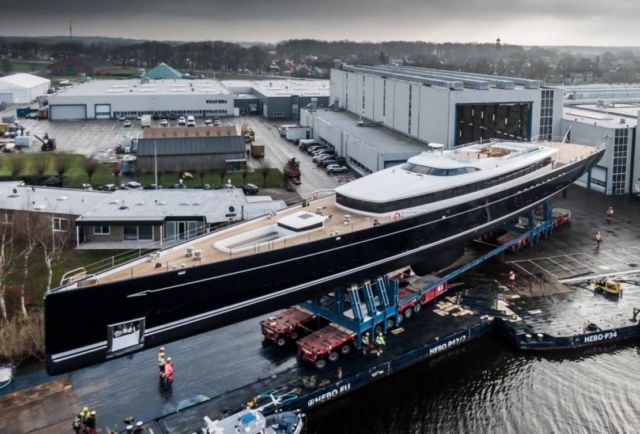
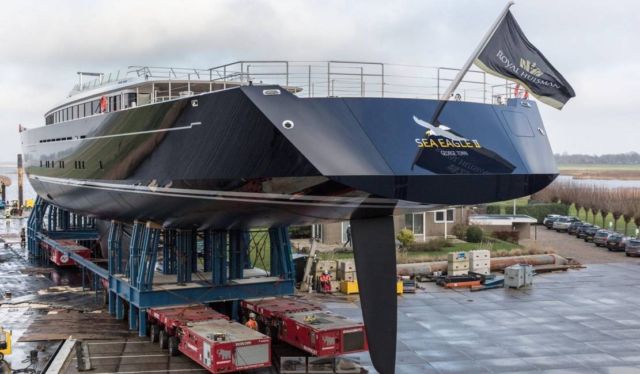
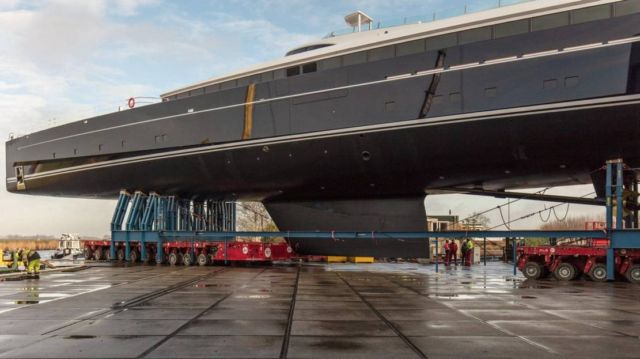
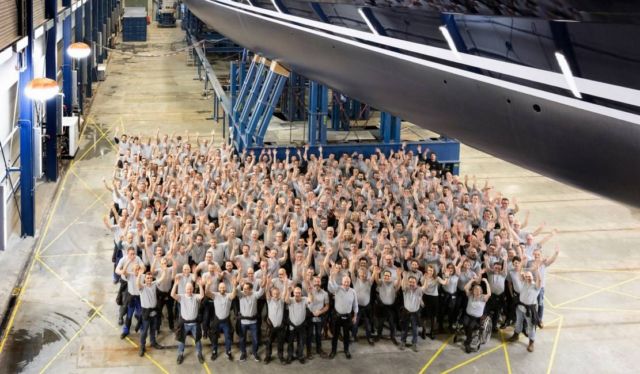
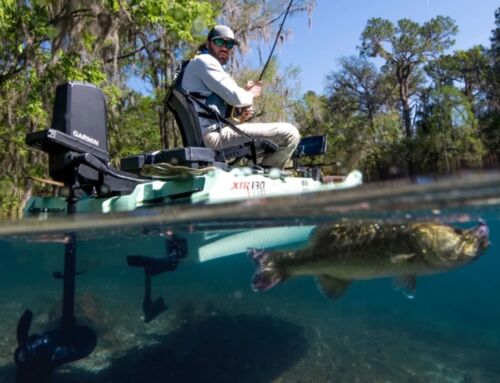
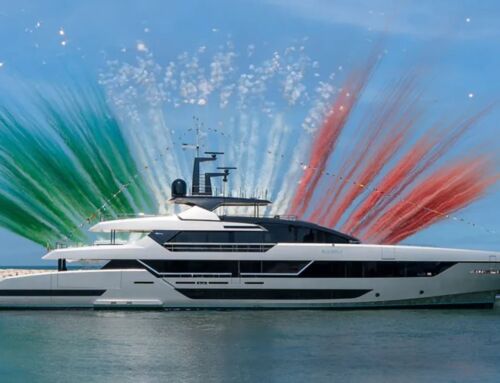
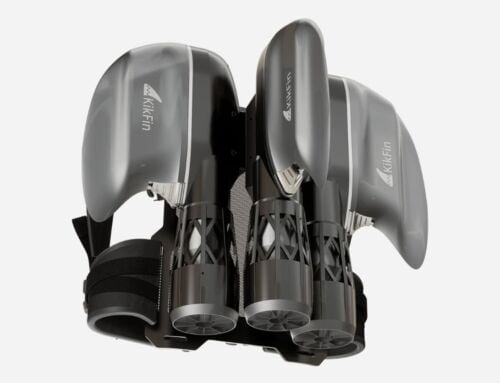
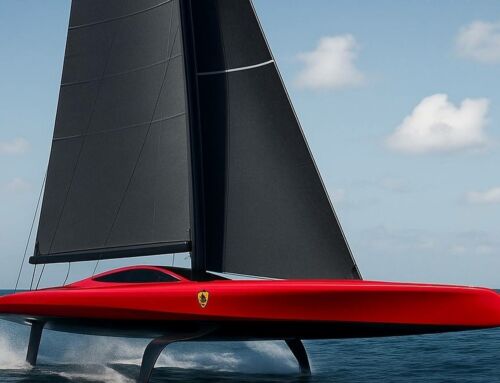
Leave A Comment